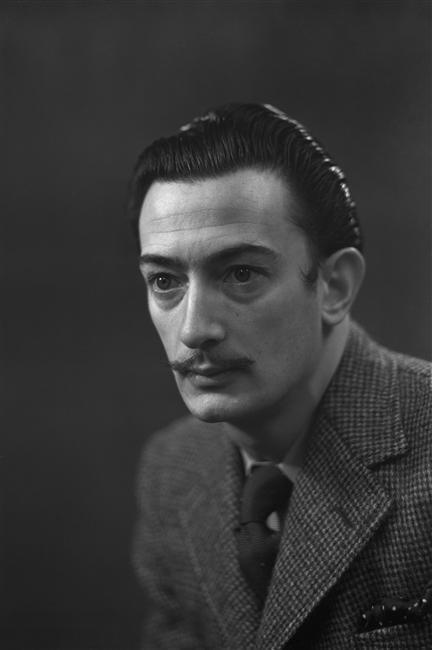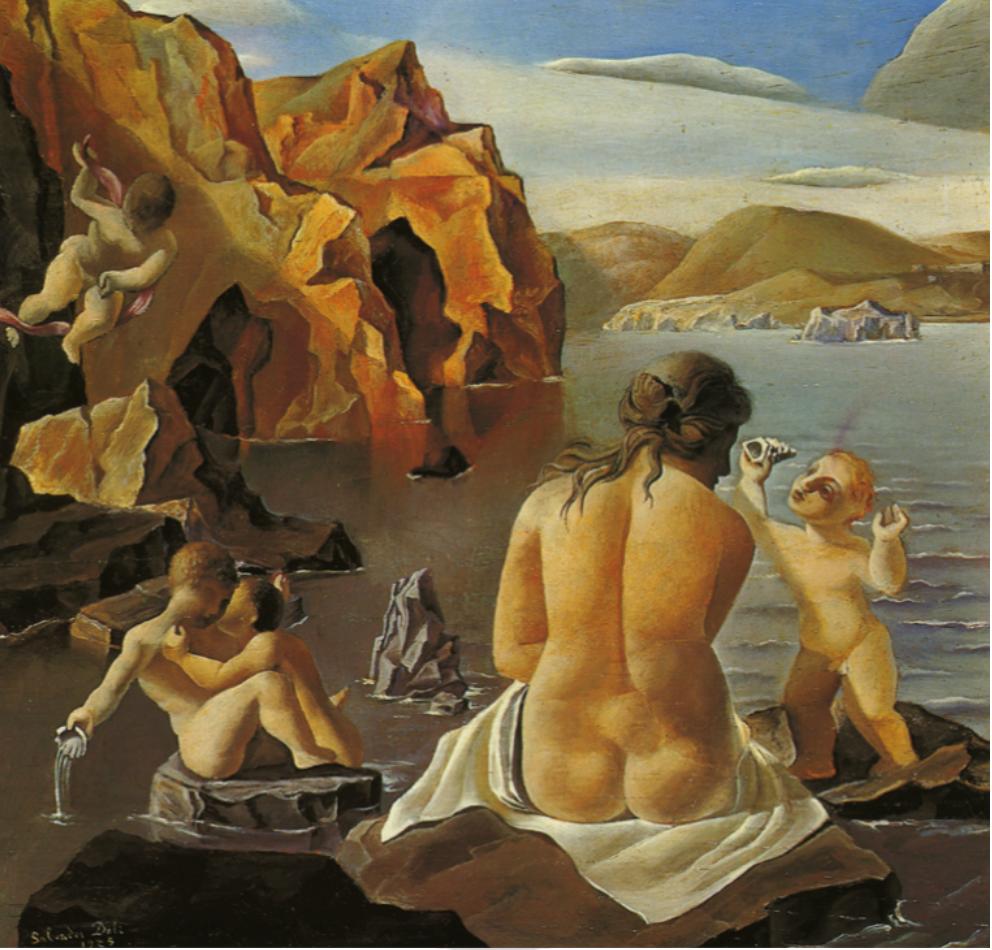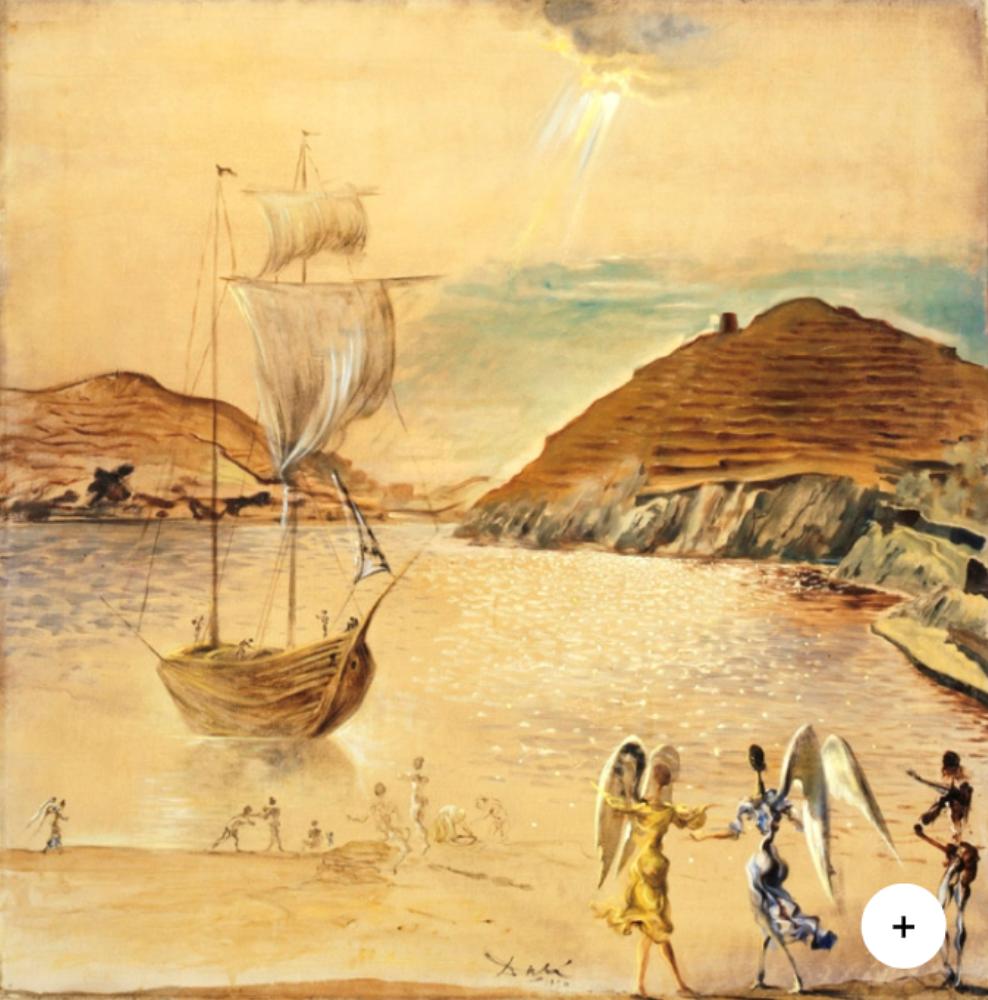Transformation (Woman with Mirror)
Salvadore Dalí
Description
1974
83 x 61 cm
Provenance
1. Knoedler Gallery, London
2. Peter Moore, Cadaqués
3. Boia S. L.
Exhibitions
1980, Rochechouart, Centre Artistique et Littéraire, Dalí, 22/03/1980 - 27/07/1980, cat. no. 6
1981, Heidelberg, Schloss Heidelberg, Dalí: Gemälde, Zeichnungen, Objekte, Skulpturen, 02/10/1981 - 04/11/1981, no reference
1982, Perpignan, Palais des Rois de Majorque, Salvador Dalí, 1904 : huiles, dessins, sculptures, August - September 1982, cat. no. 46
1989, Stuttgart, Staatsgalerie, Salvador Dalí, 1904-1989, 13/05/1989 - 23/07/1989, cat. no. 304
2004, Barcelona, Palau Moja, Dalí : afinitats electives, 19/02/2004 - 18/04/2004, cat. no. 112
2004, Cadaqués, Societat l'Amistat, Atmosfera Dalí, 02/07/2004 - 03/10/2004, il. 111
2006, Zaragoza, Centro de Exposiciones y Congresos de Zaragoza, Dalí, 23/02/2006 - 16/04/2006, p. 47
2006, Cadaqués, Museu de Cadaqués, Dalí evolució, 08/07/2006 - 05/11/2006, cat. no. 186
2012, Paris, Centre Pompidou, Dalí, 21/11/2012 - 25/03/2013, p. 306
2013, Madrid, Museo Nacional Centro de Arte Reina Sofía, Dalí. Todas las sugestiones poéticas y todas las posibilidades plásticas, 27/04/2013 - 02/09/2013, p. 306
About the artist
Dalí's artistic repertoire included painting, sculpture, film, graphic arts, animation, fashion, and photography, at times in collaboration with other artists. He also wrote fiction, poetry, autobiography, essays, and criticism. Major themes in his work include dreams, the subconscious, sexuality, religion, science and his closest personal relationships.

-full-size.jpg)


